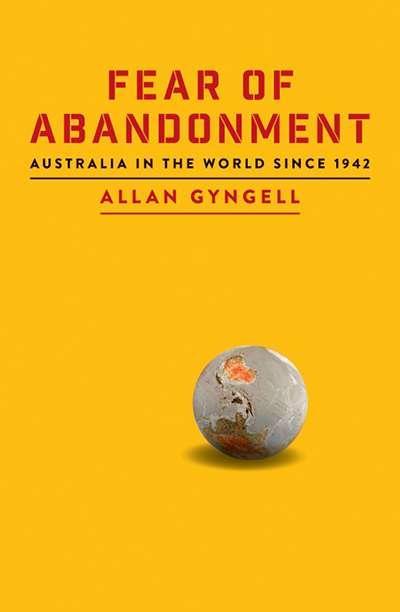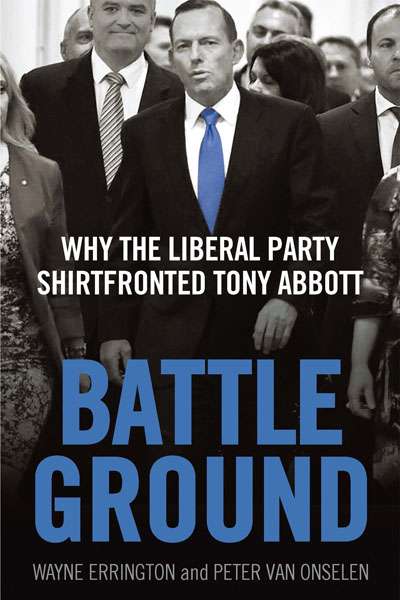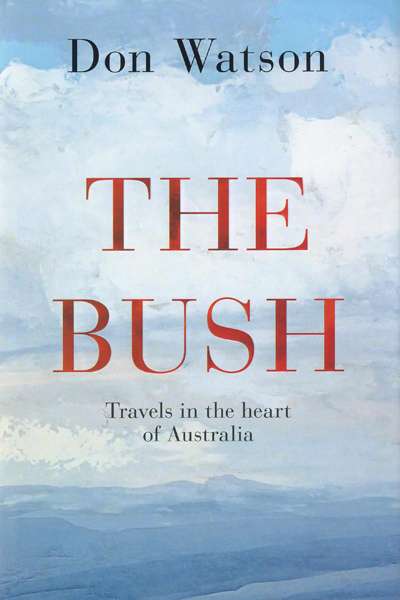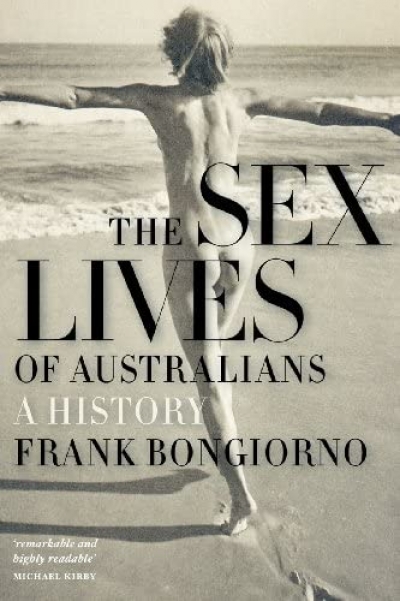Frank Bongiorno
Fear of Abandonment: Australia in the world since 1942 by Allan Gyngell
by Frank Bongiorno •
Originally published in German, Albrecht Dümling’s The Vanished Musicians: Jewish refugees in Australia (Peter Lang), a fascinating compendium of Jewish musicians who found refuge in Australia in the 1930s and 1940s, is now available in Australian Diana K. Weekes’s excellent translation ...
... (read more)Battleground: Why the Liberal Party Shirtfronted Tony Abbott by Wayne Errington and Peter van Onselen
by Frank Bongiorno •
Trendyville: The Battle for Australia's inner cities by Renate Howe, David Nichols, and Graeme Davison
by Frank Bongiorno •
The Bush: Travels in the heart of Australia by Don Watson
by Frank Bongiorno •
Dreaming Too Loud: Reflections on a Race Apart by Geoffrey Robertson
by Frank Bongiorno •
Dancing with Empty Pockets: Australia's Bohemians since 1860 by Tony Moore
by Frank Bongiorno •
The Sex Lives of Australians: A History by Frank Bongiorno
by Dennis Altman •
Heroes & Villains by Nick Dyrenfurth & A Little History of the Australian Labor Party by Nick Dyrenfurth and Frank Bongiorno
by Stuart Macintyre •









